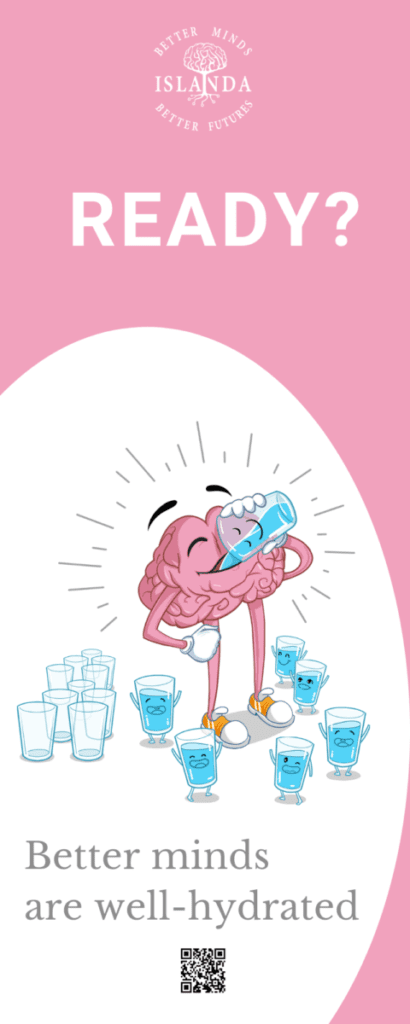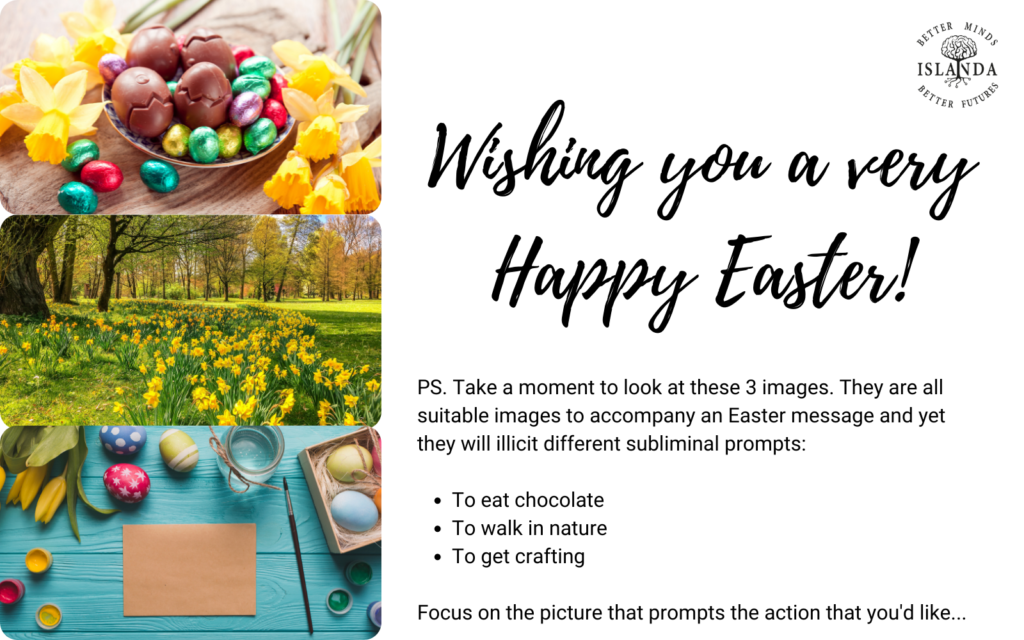Is your environment influencing you positively or negatively?
Whether you are conscious of it, or not, your environment provides sensory cues that influence your thoughts, feelings and actions.
By paying attention to these cues, you can design an environment that prompts you to develop better habits for better performance and better results.
How does this work?
First let’s look at habits.
Habits provide a fantastic function for our brains, enabling us to conserve energy and undertake many tasks at the same time by performing on autopilot.
For example, how many times have you driven whilst focussing your attention on something else such as having a conversation, or mentally creating a shopping list? Whilst you are aware that you are driving, you are not consciously focussing on every single action such as changing gears, braking, checking mirrors or even paying attention to the route when it’s familiar to you.
So how can we create better habits?
To create a habit we need 3 things:
- Energy such as motivation or willpower;
- Ability such as skill to do the action, as well as a lack of obstacles that might stop you from doing it; and
- A Reminder to do it
Now let’s apply this to the environment.
To use your environment optimally, create sensory cues to help with each of the 3 elements for habit creation:
- Provide motivation in the form of a message that aligns with a goal
- Provide guidance or information about what to do
- Be the reminder or prompt to do the action
Not only will this prompt an action, it also requires no willpower as you are being prompted subconsciously.
And the best part about using your environment to prompt optimal behaviours, is the fact that you still have autonomy, something that is crucial for minimising resistance (particularly if you are trying to guide teenagers! whose automatic response is often to rebel against any instruction or authority).
A word of caution:
This methodology works both ways. As well as designing your space to prompt positive habits, make sure it’s not encouraging you to do negative actions.
For example, pay attention next time you go to the supermarket – be conscious of where products are placed. This is behavioural science – supermarkets spend a lot of time and money on product placement to prompt you to buy certain products. Keep to a shopping list and reduce the likelihood of being subliminally influenced.
And on the subject of teenagers…
We’ve created a range of floor-standing roller well-being banners, like this one, to display at schools during the upcoming exam season.
Students have completed the curriculum and learned exam skills. To perform at their peak they also need to optimise their physical health – staying hydrated, eating healthily, having good sleep habits and being active.
These gentle reminders help them do just that, without the need for detailed instruction, constant nagging or using precious lesson time.
And the QR codes links to a smaller downloadable PDF that can be placed anywhere and has a few more interesting facts to motivate the actions.
In fact, these designs are appropriate for any setting – school, home or workplace. If you’d like to prompt more healthy behaviour patterns, why not give them a try. They’re also bright, fun and eye-catching.


I hope this inspired you to reflect on how your environment could be influencing your behaviours and how you could use it to help you create better and healthier habits.
Please share this idea with anyone who you feel might benefit from it.
Also, if you’d like some support re-designing your environment, at home or at work, then please get in touch with me at [email protected].
Here’s to your success. Until next time!
